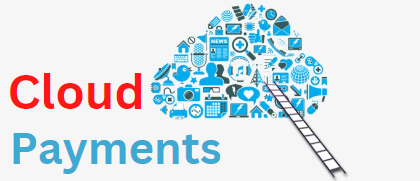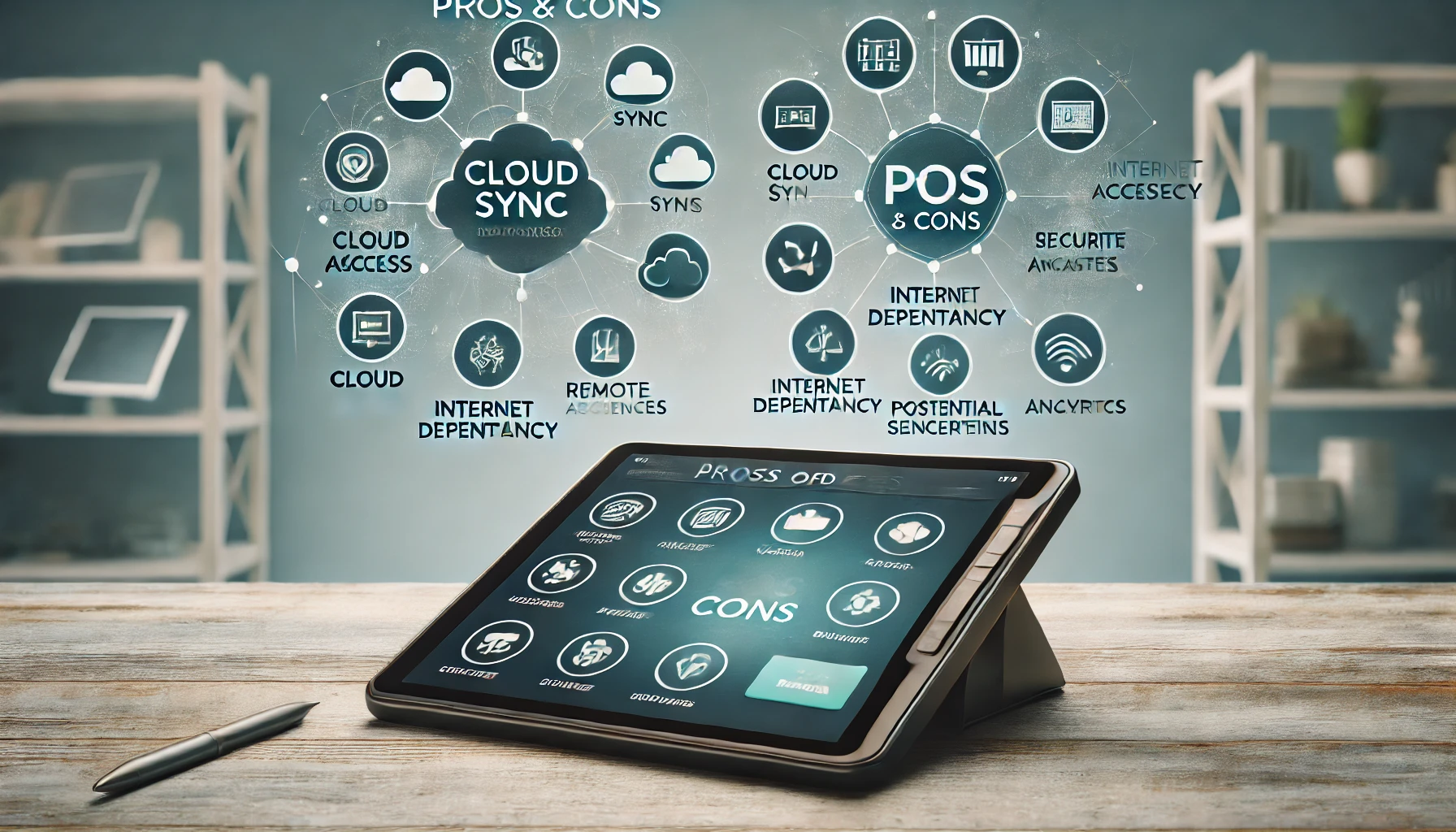How Cloud Payments Are Reducing Transaction Costs: A Detailed Guide
In today’s digital age, businesses are constantly seeking ways to streamline their operations and reduce costs. One area where significant savings can be achieved is in transaction costs. Traditional payment methods, such as cash or checks, often involve manual processes that are time-consuming and prone to errors. However, with the advent of cloud payments, businesses can now leverage the power of the cloud to simplify and automate their transaction processes, leading to substantial cost reductions.
Cloud payments refer to the use of cloud computing technology to facilitate and process financial transactions. Instead of relying on physical infrastructure, such as on-premises servers or point-of-sale terminals, cloud payment systems utilize remote servers and internet connectivity to securely handle payment transactions. This innovative approach offers numerous benefits, including increased efficiency, enhanced security, and reduced transaction costs.
How Cloud Payments Streamline Transaction Processes
One of the primary advantages of cloud payments is the streamlined transaction process it offers. Traditional payment methods often involve multiple steps, such as manually entering payment details, verifying the transaction, and reconciling accounts. These manual processes are not only time-consuming but also prone to errors, leading to additional costs for businesses.
With cloud payments, these processes are automated, eliminating the need for manual intervention. When a customer makes a payment, the cloud payment system securely captures the transaction details and processes it in real-time. This automation significantly reduces the time required to complete a transaction, allowing businesses to process a higher volume of payments in a shorter period.
Furthermore, cloud payment systems often integrate with other business applications, such as accounting software or customer relationship management (CRM) systems. This integration enables seamless data flow between different systems, eliminating the need for manual data entry and reducing the chances of errors. As a result, businesses can achieve greater accuracy and efficiency in their transaction processes.
The Advantages of Cloud Payments in Reducing Transaction Costs
Cloud payments offer several advantages that directly contribute to reducing transaction costs for businesses. Firstly, the automation of transaction processes eliminates the need for manual labor, reducing labor costs associated with payment processing. By leveraging cloud payment systems, businesses can redirect their resources to more value-added activities, such as customer service or product development.
Secondly, cloud payment systems often offer competitive pricing models. Unlike traditional payment methods that may involve high setup costs or transaction fees, cloud payment providers typically offer flexible pricing options, such as pay-as-you-go or subscription-based models. This allows businesses to choose a pricing plan that aligns with their transaction volume and budget, resulting in cost savings.
Additionally, cloud payment systems enable businesses to leverage economies of scale. By utilizing shared infrastructure and resources provided by the cloud payment provider, businesses can benefit from cost efficiencies that would be otherwise unattainable with on-premises solutions. These cost efficiencies can be passed on to customers, resulting in increased competitiveness and customer satisfaction.
Exploring the Security Measures of Cloud Payment Systems
Security is a paramount concern when it comes to financial transactions. Businesses and customers alike need assurance that their sensitive payment information is protected from unauthorized access or fraudulent activities. Cloud payment systems employ robust security measures to ensure the confidentiality, integrity, and availability of payment data.
One of the key security features of cloud payment systems is encryption. Payment data is encrypted during transmission and storage, making it unreadable to unauthorized individuals. Additionally, cloud payment providers often adhere to industry-standard security protocols, such as the Payment Card Industry Data Security Standard (PCI DSS), to ensure compliance and protect against data breaches.
Furthermore, cloud payment systems employ advanced fraud detection and prevention mechanisms. Machine learning algorithms analyze transaction patterns and identify suspicious activities in real-time, allowing businesses to take immediate action to mitigate potential risks. These proactive measures not only protect businesses from financial losses but also enhance customer trust and loyalty.
Integrating Cloud Payments into Existing Business Infrastructure
Integrating cloud payments into existing business infrastructure is a crucial step in realizing the benefits of this technology. Businesses need to ensure a seamless integration with their existing systems, such as e-commerce platforms, point-of-sale (POS) systems, or accounting software. This integration enables data synchronization and facilitates a smooth flow of information between different systems.
Many cloud payment providers offer application programming interfaces (APIs) that allow businesses to connect their systems with the cloud payment platform. APIs provide a standardized way for systems to communicate and exchange data, enabling businesses to leverage the full capabilities of cloud payment systems without disrupting their existing operations.
Furthermore, businesses should consider the scalability and flexibility of cloud payment systems when integrating them into their infrastructure. As transaction volumes fluctuate, businesses need a payment solution that can scale seamlessly to accommodate increased demand. Cloud payment systems, with their elastic infrastructure, can easily handle spikes in transaction volume without impacting performance or incurring additional costs.
Overcoming Challenges in Implementing Cloud Payment Systems
While cloud payments offer significant benefits, businesses may encounter challenges when implementing these systems. One common challenge is the resistance to change from employees who are accustomed to traditional payment methods. To overcome this challenge, businesses should provide comprehensive training and support to ensure a smooth transition and address any concerns or misconceptions.
Another challenge is the need for robust internet connectivity. Cloud payment systems rely on internet connectivity to process transactions in real-time. In areas with unreliable or slow internet connections, businesses may face disruptions in payment processing. Implementing backup internet connections or exploring alternative payment methods, such as offline payment processing, can help mitigate this challenge.
Additionally, businesses need to carefully evaluate the security measures implemented by cloud payment providers. While cloud payment systems offer robust security features, businesses should conduct due diligence to ensure the provider’s compliance with industry standards and regulations. This includes reviewing security certifications, conducting vulnerability assessments, and implementing additional security measures, such as two-factor authentication.
Frequently Asked Questions about Cloud Payments and Transaction Costs
Q.1: What is the difference between cloud payments and traditional payment methods?
Cloud payments leverage cloud infrastructure to process payments, eliminating the need for on-premises hardware and software installations. Traditional payment methods, on the other hand, rely on physical infrastructure and often require significant upfront investments.
Q.2: Are cloud payment solutions secure?
Yes, cloud payment solutions prioritize security and employ various measures such as tokenization and PCI compliance to protect customer data and prevent fraud.
Q.3: Can cloud payments be integrated with existing systems?
Yes, cloud payment solutions can seamlessly integrate with existing payment gateways, accounting systems, and other business applications, ensuring a smooth transition and minimal disruption.
Q.4: How do cloud payments reduce transaction costs?
Cloud payments reduce transaction costs by eliminating the need for expensive hardware and software installations, reducing maintenance costs, negotiating lower processing fees, and automating payment processes.
Conclusion
Cloud payments have revolutionized the way businesses handle financial transactions, offering streamlined processes, cost reductions, and enhanced security. By automating transaction processes, businesses can save time and resources, redirecting them to more value-added activities. The competitive pricing models and cost efficiencies of cloud payment systems contribute to reducing transaction costs and increasing competitiveness. Furthermore, the robust security measures implemented by cloud payment providers protect payment data from unauthorized access or fraudulent activities.
Integrating cloud payments into existing business infrastructure enables seamless data flow and synchronization, enhancing operational efficiency. Real-life case studies demonstrate the tangible cost reduction potential of cloud payments, with businesses achieving significant savings in labor costs and payment processing fees. While challenges may arise during implementation, businesses can overcome them through comprehensive training, backup internet connections, and careful evaluation of security measures.
In conclusion, cloud payments are a game-changer for businesses seeking to streamline their transaction processes and reduce costs. By embracing this innovative technology, businesses can unlock new opportunities for growth, efficiency, and customer satisfaction.











